What Is Deep Base Paint?
Let’s find out what a deep base paint is, what makes it distinct from primers, and what color it has
Choosing paint for your home renovation project is not a simple task unless you are a professional designer or painter. For any common person, it is a challenge to navigate through the endless colors and shades of paint that stores offer.
In addition, you may often face certain complications when defining what exactly you need: a deep base paint or a regular paint. Or maybe a primer?!
So if you feel uncertain about deep base paint and what it is exactly, you should read this article carefully. We are going to tell you what a deep base paint is, what color it has, how and what it is used for, and many other useful things about this product.
In addition, you will learn the difference between this type of paint and a primer. Thanks to this information, you will be able to avoid one of the most common mistakes that people make when visiting a hardware store.
Deep Base Paint. What Is It?
If you go to a paint store, you will see that, except for regular paints for interior and exterior use, there are also all sorts of mediums, finishes, and base paints available. This is when most of us start wondering what a base paint is, and what a deep base paint is in particular.
The deep base paint is the type of paint that has the least amount of white pigment, which means it has more tintability than other base paints. This feature allows a deep base paint to accept more colorant and create deeper colors when the paint gets tinted.
Also, thanks to the white pigment in it, this paint gives the velvety feel of a dark surface. Without colorant, however, it dries somewhat clear, offering little to no coverage.
If you open a can of base paint, you will see that it usually looks white. However, the bulk of base paint is actually colorless. This is why the clear portion can integrate with the materials found in the colorant, essentially accepting the solids, and thus creating the final tint.
That causes the hue of the paint to change, as the colorants are incorporated into the clear material.

piotrek via VistaCreate
Table of Contents
What Is the Color Of Deep Base Paint?
People often think that base paints, including deep base paint, are white. However, the color of deep base paint is typically clear or with a minimum of white pigment. Thanks to it, this type of paint is able to accept more colorants, resulting in better colors, brighter hues, and more varied shades.
This is why you can actually make your deep base paint of any color you want! This is achieved through the process known as paint tinting.
What does it mean to tint the paint?
Tinting means adding colorants to the base paint to achieve paint in the desired color. Colorants are concentrated paint pigments, so even a small amount can create a big difference in the final paint color!
This is why this procedure of paint tinting is typically done at the store by a professional assistant. Like this, you can be sure that the base paint will get exactly the amount of colorant needed for the color you want to have.
When you get your base paint tinted at the store, it is placed in a special machine where colorants will be dispensed in specific amounts. The employee punches in a code for the color you want, and the machine adds colorant to achieve that particular hue.
But even though most people would choose to have their paint tinted in-store, technically it is possible to tint your own paint at home.
However, this process usually involves taking an existing paint (the regular one, not base paint) and adjusting its color by adding different colored paint.As you can guess, in this case, all the measurements (how much pigment to take, etc.) must be done very precisely, which might be difficult to do for someone who has never done this before.
Respectively, there is always a higher chance for a mistake should you decide to tint your paint yourself.
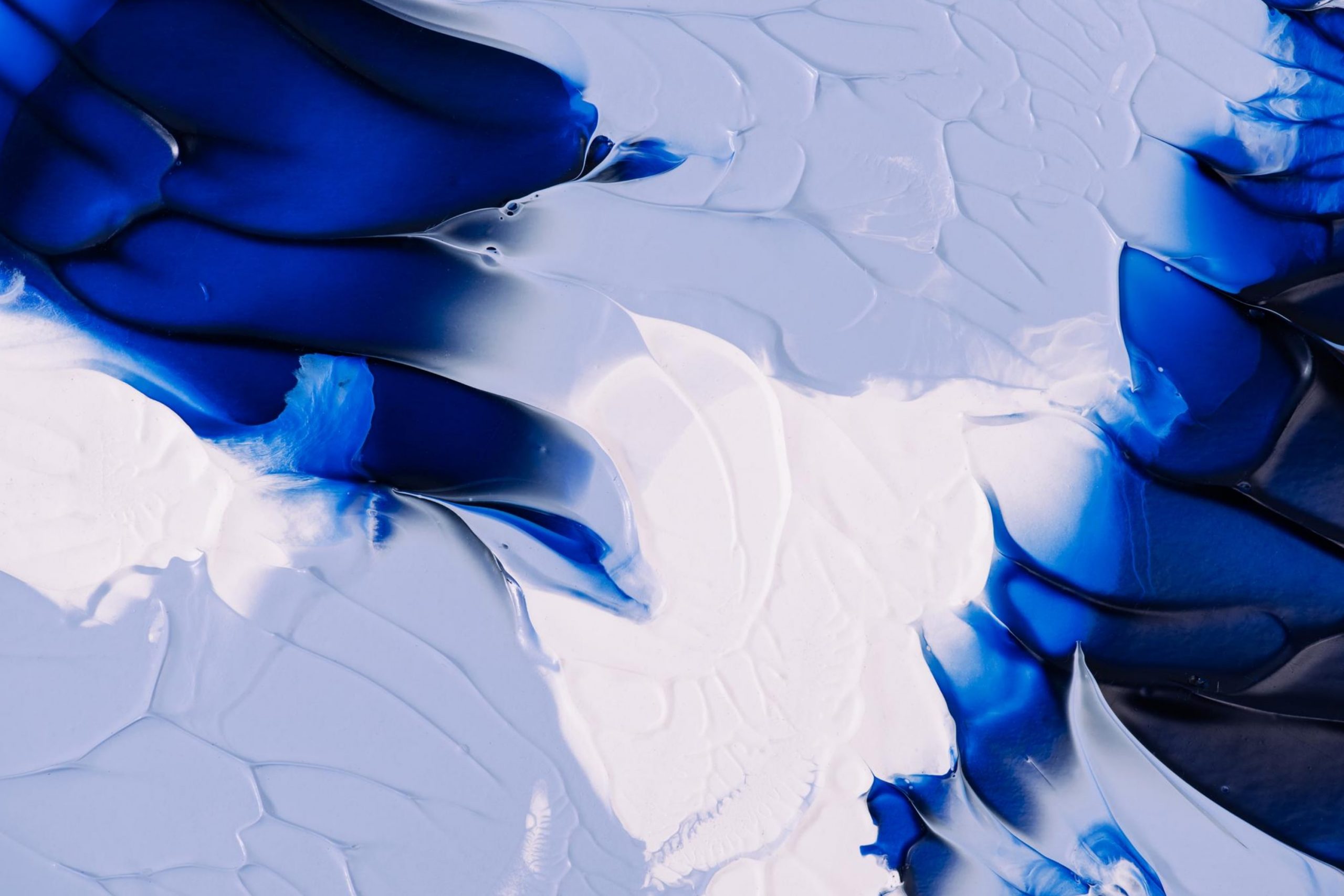
KostyaKlimenko via VistaCreate
Can I Tint My Paint at Home?
Technically, you can do this. However, when you tint paint at home, this can usually be done in a slightly different manner. Instead of adding pigments to the base paint, you would want to adjust the color of an existing regular paint that you already have at your disposal.
For example, let’s say you have a paint that is deep forest green, and you want to get something closer to medium green for your project. To achieve this, you could add white paint to the green. Once the paint is stirred, the green paint would be lighter than it was originally.
Now, it is important to keep in mind that adjusting a paint color at home is always challenging! Of course, if you need to lighten the paint with white, it is going to be fairly easy to do.
However, if you have a certain paint color and want it to match a teal from a paint swatch, figuring out how to do that is going to be a way more complicated task!
Besides, when you tint your paint at home using existing regular paint, it might be difficult for you to achieve exactly the shade you want. See, you simply don’t have as many pigment options as they have at a store!
When you get paint tinted at a store, a variety of colorants get dispensed. Usually, you won’t even know exactly which ones are used. Plus, you might not be aware of which pigments are already in your existing paint. This is why picking what to add is usually more like guesswork.
Now that you know what deep base paint is and why it is best to tint your paint at a store, let’s figure out whether it is possible to use untinted base paint for your home design projects, and what possible effect it could have.

Neode via VistaCreate
Can I Paint With Untinted Base Paint?
This is the question that people often ask when they are choosing the paint for their home. Technically, yes, you can paint using untinted base paint. However, the result is going to be far from perfect.
For sure, there is nothing to be afraid of since painting with untinted base paint won’t cause any harm to the object that is supposed to be painted. But the paint is lacking colorant, which is an important component for creating a complete paint that offers appropriate coverage.
So even if you are going for pure white walls, you still need the base paint that has white colorant added to it.
Otherwise, the paint doesn’t have the amount of pigment that it should. Besides, if you are trying to cover a current color with white, the chances that the color will bleed through are significantly higher with an untinted base paint than with a tinted one.

This is why we would recommend you tint your base paint before painting with it if you want strong coverage and the correct final color.
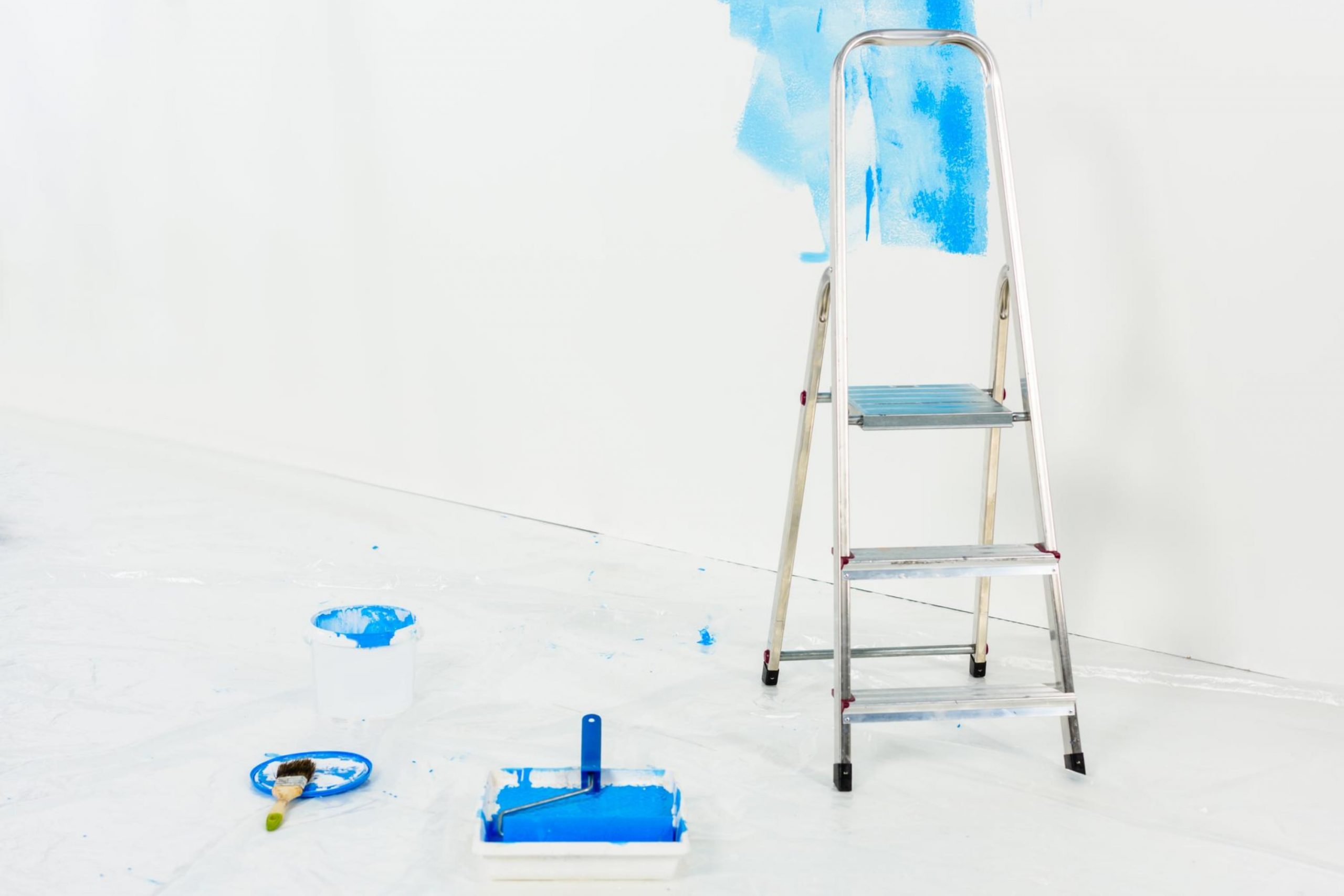
IgorVetushko via VistaCreate
How to Tell the Difference Between the Paint Bases?
If you have ever been to a paint store and paid attention to what is typed on the paint cans, you probably know that there are several types of paint bases. However, for a common person, navigating among them is pretty hard.
This is why you should check out the brief guide we have prepared for you on this subject.
First of all, you need to know that there are four different kinds of paint bases. No matter what paint brand we are talking about, they will always have four types of bases. There are two labeling processes, however. With one approach, the numbers one through four are used. In this case, you will see cans labeled
- Base 1
- Base 2
- Base 3
- Base 4
It’s pretty easy to differentiate them! Just remember that Base 1 contains the most white pigment. It is best for whites or pastels. Base 2 is suitable for slightly darker hues, though still leans toward the lighter side.
Base 3 may be best for mid-toned paint. It has less white pigment than Base 1 or Base 2, allowing it to accept more colorant. Base 4 is for dark paints, as it has the least amount of white pigment and can incorporate the most colorant.
Nevertheless, some companies take a different way when naming their base paints. This is why you may sometimes see paint cans with the labels like
- White Base
- Pastel Base
- Light Base
- Medium Base
- Deep Base
Since this labeling approach has five different ranges, you might feel frustrated about which base you need. It’s pretty easy! The base you need to use depends on the color you are trying to achieve.
White Base has the most preexisting white pigment, followed by Pastel Base and Light Base. Medium Base and Deep Base are for medium and darker colors, respectively, with Deep Base containing the lowest amount of white pigments as you already know.
Accent Base is another potential base paint label you may see. The goal of Accent Base is to achieve rich, vibrant colors. Generally, they have very little preexisting white pigment, which allows them to accept more colorants for better results.
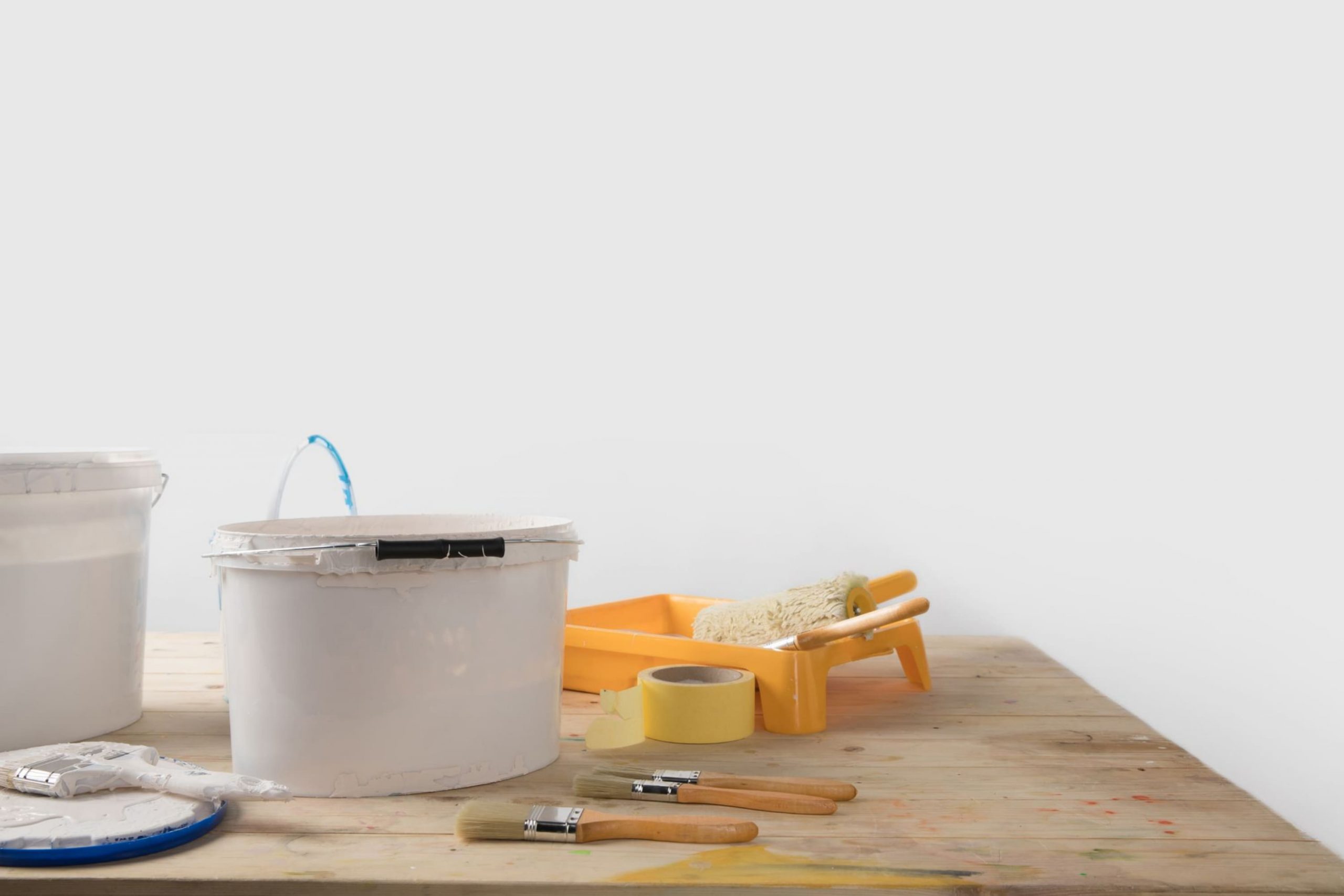
AntonMatyukha via VistaCreate
What Happens If I Use Base Paint Without Tint?
Since using base paint without tint is not going to ruin your paint job, it is still not recommended to do so. But let’s take a closer look at this issue! Let’s say, you already have a can of base paint without tint. Or you accidentally forgot to add pigments to your base paint while being in a store.
What would be the harm in using it?
Well, whether you get satisfying results depends on a few things:
- First, what color (if any) you are painting over
- Second, the kind of paint base you have
If you are painting over a white wall just trying to refresh the current color, and have a White Base or Base 1 untinted paint, you could be fine with that. Those paint bases have the most white tint, so you will get some color deposits. In addition, you are not trying to change the color completely, what you do is just rejuvenate the underlying one.

You should note though that in this case, your results will most likely not be very impressive! Besides, you might also want to apply several coats of paint to achieve better coverage. However, these nuances are not very critical.
However, in almost any other scenario, using base paint without tint isn’t going to work. Since part of all base paints is clear, you will simply not get complete and proper coverage.
For example, if you are painting a white wall and using any base paint except for White Base or Base 1 untinted paint, the result may seem uneven, streaky, or patchy.
Even though the only pigment in the bases is white, you should know that there are no two whites that are the same. And since the coverage is lacking, the paint won’t look even.
Obviously, for walls that are not white, using base paint that has no tint isn’t enough to cover the old paint! As you already know, base paints are not rich with pigment, so you should not expect strong coverage from them.
If you try to paint a non-white surface with this paint, you will see the old color through the new paint.
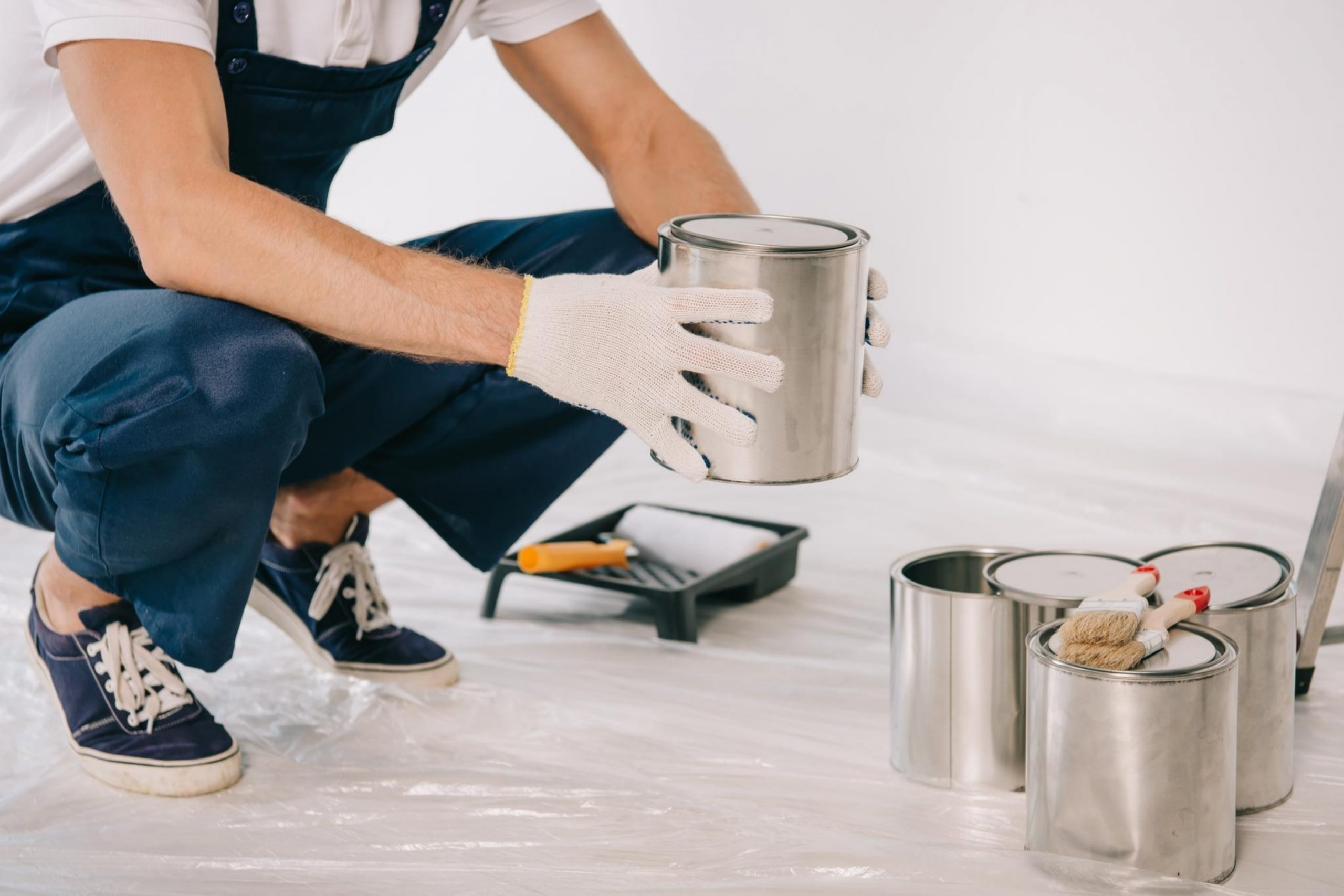
IgorVetushko via VistaCreate
Is Base Paint the Same As Primer?
Some people wonder whether base paint is the same as a primer since it seems to them that these two products have similar functions. However, you may be surprised to hear that base paint isn’t primer! And here is the explanation of why:
- The primer is used as a base coat before applying a new color to a wall
- The base paint isn’t used for base coats. Instead, it is a medium used to create colored paints
While it has the word “paint” in the name, base paint is not a complete paint in a traditional sense. It is a foundation that is specifically designed to have something added to it before it is used.
And you are already aware that it is a colorant that is added, and sometimes even several of them depending on what shade you want to get in the end.
Well, now you know what deep base paint is, what makes it different from primer, and what types of paint bases are there on the market.
We also told you about a few life hacks regarding the use of base paint, so now you will hardly feel uncertain when choosing what base paint you need for your home design project.
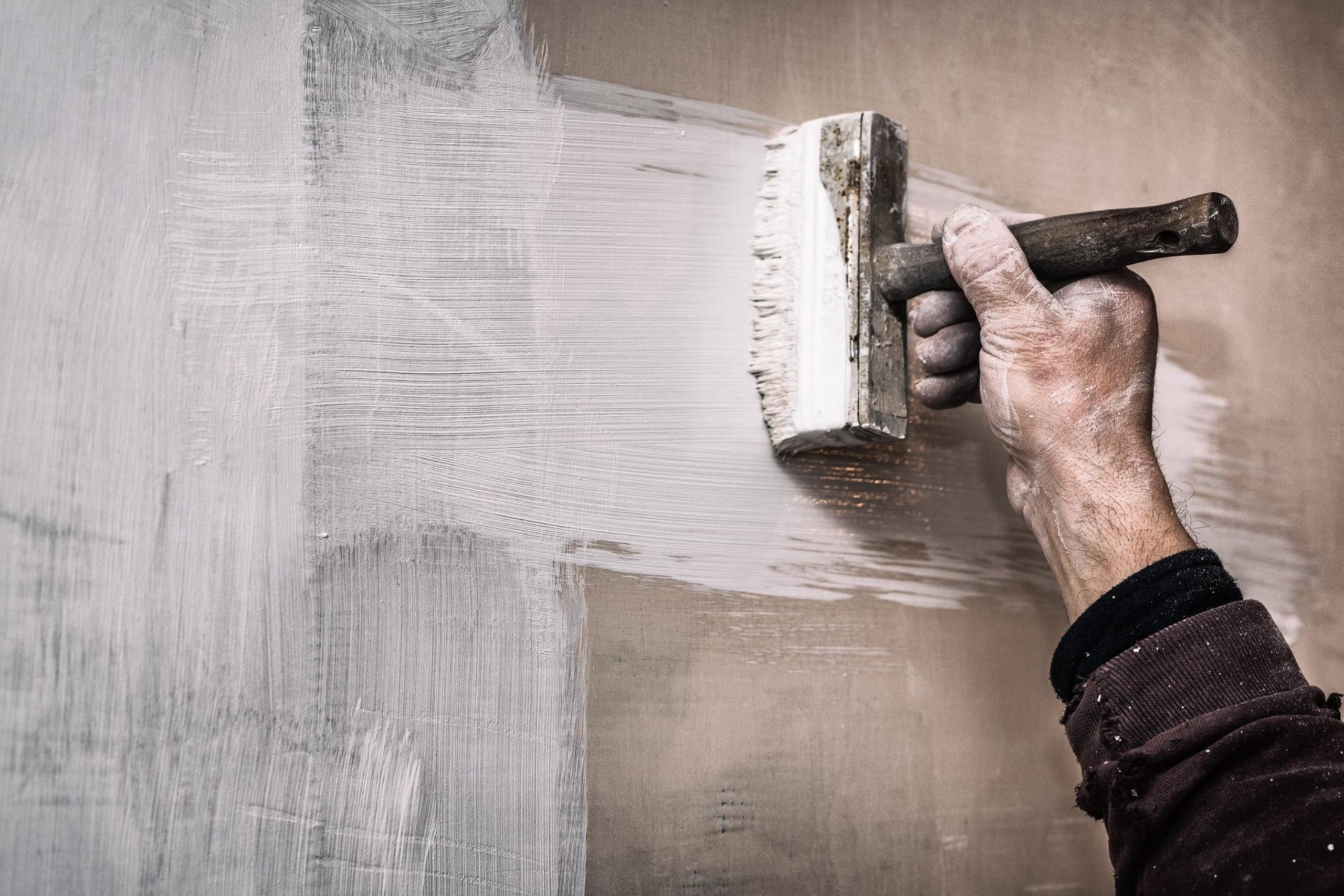
crossdee via VistaCreate
Ever wished paint sampling was as easy as sticking a sticker? Guess what? Now it is! Discover Samplize's unique Peel & Stick samples. Get started now and say goodbye to the old messy way!
Get paint samples




Frequently Asked Questions
⭐What color is medium base paint?
The medium base paint is colorless, however, it contains a moderate amount of white pigment, which is why in a can, it may seem whitish.
⭐Is tinting oil-based paint possible?
Yes, the good thing about oil-based paint is that it can actually be tinted to just about any color that you can imagine!
⭐Do I have to pay for my paint being tinted in a store?
Yes, typically it is paid for. In some paint stores, paint-tinting services are offered, however this can be costly.
4 thoughts on “What Is Deep Base Paint?”
Leave a Reply

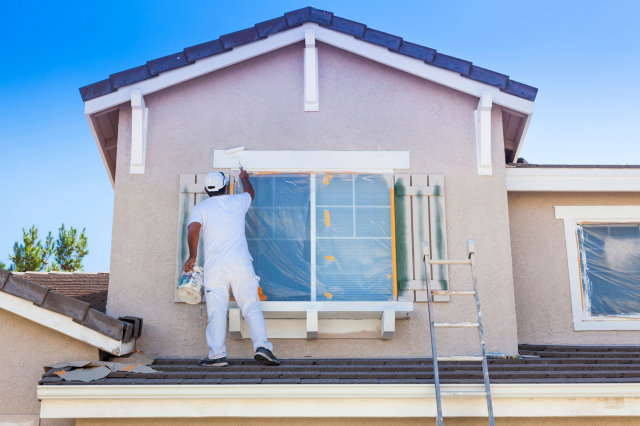

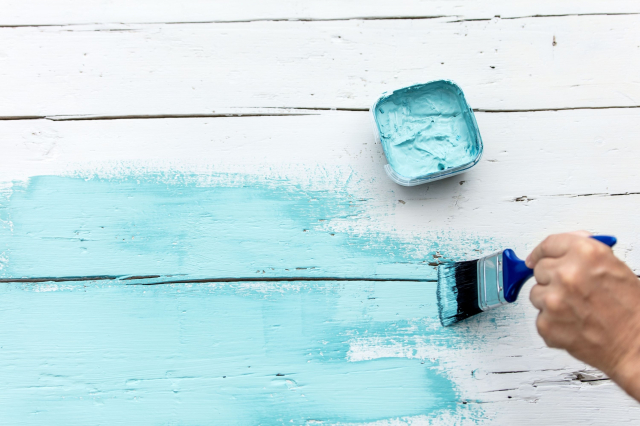


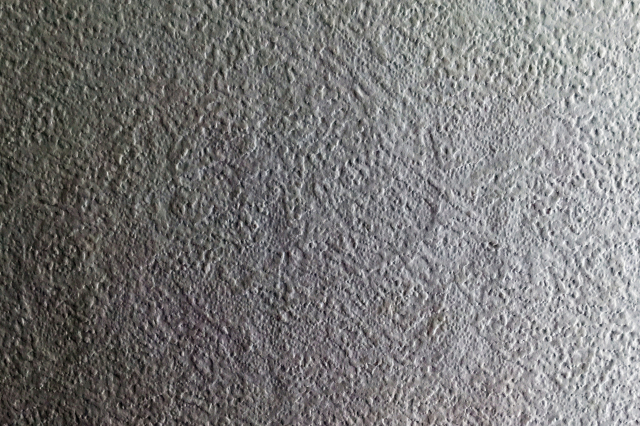

Hi folks! Does anyone know whether Walmart still match paint colors? I need it badly but I can’t find any information on this issue.
Hi! I’m afraid they don’t do it anymore. See, this is what I found on their website: “We no longer offer paint color matches of Walmart colors because we no longer have the physical color swatches to ensure match accuracy. We apologize for any inconvenience”. But they say that, if you have a physical sample that you can send to them, you can make use of their paint color matching services.
I bought a can of green paint at Home Depot, but when I came home and opened it, I saw it was significantly lighter on my walls. So now I want to go back and ask them to tint it darker. Do you think it’s possible?
If you have paint you purchased at Home Depot and would like to make it a darker color, the staff at the paint department can do that for you. They will adjust the color of your paint with an extra shot of pigment. This is a great way to get a tint in your primer or to tweak the remainder of your wall paint, by the way! I only don’t remember whether they’ll charge it extra.